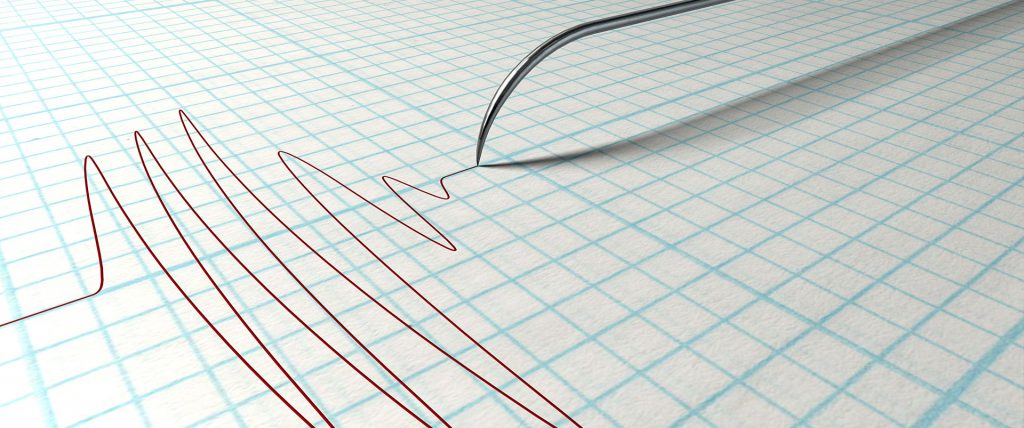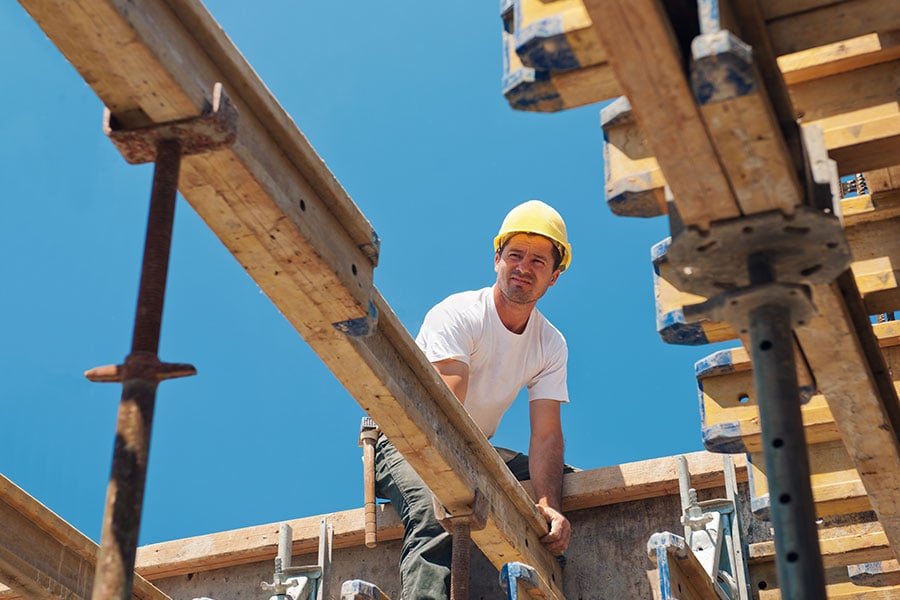In January 1994, an earthquake struck Los Angeles. Called the Northridge earthquake, the event put a spotlight on structural flaws that have affected thousands of buildings in the area. As the earthquake rattled Los Angeles, the bottom floor of the Northridge Meadows apartment complex folded onto itself, collapsing. Up to 16 residents on the first floor died. Why did these complexes collapse while so many other structures in Los Angeles remained standing? This is because the apartment complexes was a soft story building.
Soft Story Building, Defined
Soft
story buildings have their first stories much structurally sound than the
levels above it. This makes the building a lot more susceptible to damage
because of the lack of reinforcement around entryways, parking garages,
expansive lobbies, and large windows. Due to these “openings” on the
first floor, they were weak. During an earthquake, they will be the first ones
to collapse while the rest of the building will be largely intact.
Without proper configuration, lower floors of the building cannot absorb
lateral, side to side forces – which is what happens during an earthquake,
especially during a powerful 6.7 earthquake that caused the Northridge Meadows
apartment complexes to collapse onto itself. Once the first floors collapse,
the building effectively crushes anything underneath it.
This problem is especially highlighted in densely populated areas like Los
Angeles. The California Institute of Technology found that Los Angeles has
about 20,000 soft story buildings. Only about 800 of these buildings have been
properly improved upon. Nearby city San Francisco is also suffering from poorly
designed structures, with about 10,000 soft story buildings, according to the Association of Bay
Area Governments.
What’s frustrating is that Los Angeles is a sitting duck. The odds that
Southern California will experience an earthquake of a magnitude 7 or greater
in the near future are nearly 11%. The
issue is further exasperated due to the state’s geological location.
The San Andreas Fault. Los
Angeles has been rocked by large earthquakes in the past 20 years due to the
tectonic activities of the San Andreas fault. Los Angeles — and by extension,
California — is susceptible to shocks because it lies directly on top of the
San Andreas Fault. It extends about 800 miles throughout the state. The San
Andreas Fault forms the tectonic boundary between the North American Plate and
the Pacific Plate. These are subterranean masses that form the base of the
North American continent and the Pacific Ocean.
The fault is divided into three distinct segments, with all segments having a
high degree of earthquake risks. Unfortunately, Los Angeles is located within
35 miles of one of the southern segment of the San Andreas Fault, which is one
of the more active sections.
Advantages of Retrofits
To prevent the issues of soft story buildings, soft story seismic retrofitting might be the answer. Adding stiffness and strength can make buildings more resilient to the lateral forces that are applied during an earthquake. With buildings like the Northridge Meadow complexes, lateral components were not considered or were not reinforced enough to resist the earthquake forces. Soft story seismic retrofitting fixes these oversights, building upon the structural parts that are already on the building to ensure that it remains standing during and after an earthquake.
During a retrofit, the building will be analyzed to determine the best way to strengthen the property. This will typically require the teamwork of an engineer and a soft story reinforcement contractor. The retrofits must be implemented in a way to minimize the impact on the building’s functionality and aesthetic. While retrofitting is ideal to make a building earthquake-safe, it can be unsightly if it is not designed and executed correctly. As easy as it might be to reinforce the building by filling the ground floor with additional layers of walls and braces, Los Angeles zoning laws and building owners will scoff at the eyesore. Retrofits will typically consist of a brace, discrete sheer wall, a moment frame, cantilever columns, and steel frames, with the drywall replaced with sturdier plywood that can absorb seismic activities.
Once implemented, soft story seismic retrofitting has several benefits that go beyond earthquake safety. These benefits include:
More affordable insurance premiums. Landowners who have taken the initiative to install retrofits has curtailed a massive expense for insurance companies.
Safer buildings equate to additional business. Building safety is a key factor in a consumer’s decision-making activities, especially for the particularly informed population of Los Angeles. There have been dedicated websites that point out what buildings have had been retrofitted in recent years. This is information that is open to the public, including your customers.
Being ahead of the curve. There’s a chance that retrofitted buildings will be mandatory in spaces in Los Angeles. You can prevent the headache of regulatory laws as well as prevent losing your business or your home during an earth quack with the help of soft story seismic retrofitting.
General Contractor: Building Permits in Socal and Los Angeles
For soft story contractors, they still need to decipher the litany of zoning
laws and building permits in Los Angeles. Construction in the city will have to
be approved by the Department of Building and Safety, with all plans and
peripheral information submitted before the project is given the green light.
You also need to determine the type of permit that is required. The Los Angeles
Department of Building and Safety issues these permits. These permits can be
made for building, electrical, plumbing, elevator, heating, and ventilation.
You will have to determine the type of permit that you need for your retrofit
programs.
Los Angeles is very environmentally conscious, and your construction and will
have to be cognizant of any environmental issues that can halt the permit
process. Governing bodies will review all developmental plans for potential
flood hazards, including overview of a required foundation repair. If Los
Angeles concludes that the construction area is flood-prone, then it can deny
your request or demand costly adjustments. Thankfully for retrofits, you’re
building upon on a prebuilt structure, so it is a bit easier to obtain the
proper permit to install retrofits.


